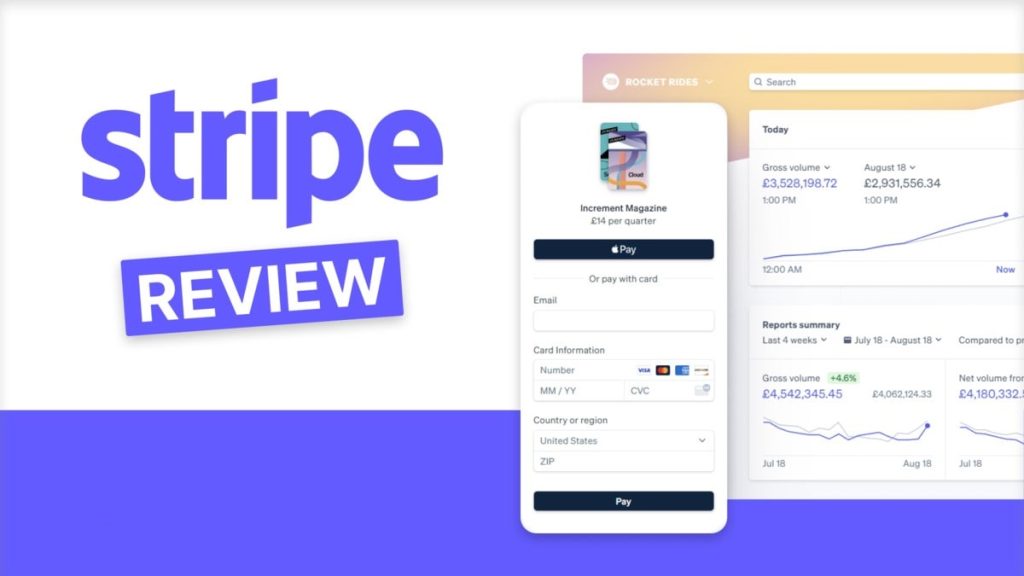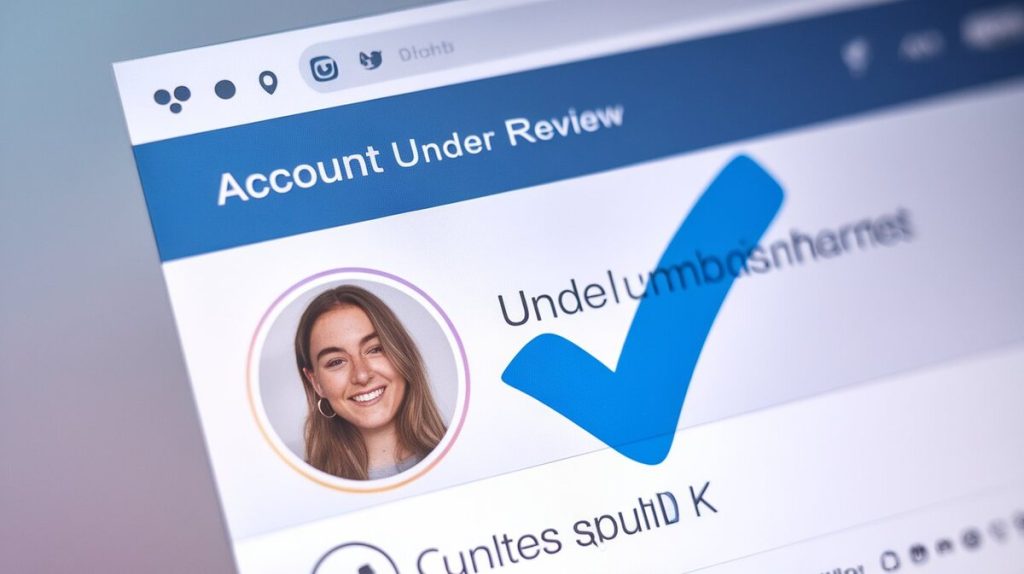1. Introduction
Stripe is a leading online payment processor, handling millions of transactions globally. However, businesses may find their Stripe account under review due to various reasons related to risk management, compliance, or transaction issues. Stripe uses these reviews to assess risk and ensure compliance with regulations. This process can disrupt payments, but understanding the reasons behind it and the steps to resolve it can help minimize the impact.
This article explains the main triggers for Stripe account reviews, how to resolve them, and steps to prevent future occurrences.
2. Why Stripe Places Accounts Under Review
Stripe places accounts under review to manage risk. Accounts are flagged for review based on certain criteria aimed at preventing fraud and ensuring compliance.
- High-risk transactions: Businesses with frequent refunds or disputes are considered higher risk. A business with over 1% chargebacks is often flagged for review.
- Incomplete verification: Missing documentation, such as tax identification numbers, can trigger an account review.
- Business model concerns: Certain business models, especially those involving pre-sales or subscriptions, receive higher scrutiny.
The table below shows common reasons for Stripe account reviews:
| Reason | Percentage of Cases | Impact on Processing |
|---|---|---|
| High chargeback ratio (>1%) | 30% | Immediate review |
| Incomplete KYC documentation | 25% | Hold on payouts |
| High volume of international transactions | 15% | Extended review periods |
| Large transaction spikes | 20% | Payment holds and delays |
| Business model risk (subscriptions/pre-sales) | 10% | Regular reviews |
Stripe’s Radar tool flags potentially risky activities, which can result in temporary restrictions until further investigation is completed.

3. Common Triggers for Account Reviews
Several specific situations can trigger a Stripe account review:
- High-risk industries: Businesses in sectors such as travel, gaming, and cryptocurrency are flagged more frequently due to their higher fraud risk.
- Chargebacks and disputes: Exceeding a 1% chargeback rate often leads to reviews. This threshold is based on industry standards set by Visa and Mastercard.
- Transaction spikes: A sudden increase in payment volume can trigger an automatic review. For example, if a business typically processes $50,000 monthly but spikes to $200,000, Stripe may investigate.
- Incomplete verification: Accounts that fail to provide required identification or business documentation often face reviews.
These triggers are automated, designed to catch irregularities and ensure that businesses comply with Stripe’s risk management guidelines.
4. What Happens During a Review?
During an account review, Stripe may place temporary restrictions on certain functionalities, such as pausing payouts or freezing transactions. Here’s what happens:
- Request for documentation: Stripe often requests documents such as financial statements, tax ID numbers, or business registration details.
- Temporary restrictions: While under review, Stripe may limit payouts, though the account usually remains functional for receiving payments.
- Timeline: The review process typically lasts 2 to 14 business days, depending on the complexity of the case and how quickly the business responds.
The table below summarizes typical actions during a Stripe review:
| Action | Timeframe | Impact on Business |
|---|---|---|
| Request for additional documents | Immediate (within 1 day) | Business must provide quickly |
| Temporary suspension of payouts | 1-2 days after review | Cash flow interruption |
| Full account restoration | 2-14 business days | Depends on documentation |
| Permanent restrictions (rare) | After review conclusion | Results from non-compliance |
5. How to Resolve the Review
To resolve a Stripe review efficiently, businesses should follow these steps:
- Submit required documents: Provide Stripe with any requested documents, including tax identification numbers, financial statements, and business registration details. This documentation is crucial for verification and compliance.
- Communicate with Stripe: Stay in regular contact with Stripe’s support team. Prompt communication can speed up the review process and provide clarity on what steps to take next.
- Use Stripe’s dashboard: The Stripe dashboard helps you track account status and any actions required to resolve the review.
To prevent chargebacks and disputes, which can trigger reviews, consider using a trusted chargeback prevention service. Merchanto.org, an official Visa and MasterCard partner, offers reliable chargeback prevention services that help businesses avoid disputes and maintain smooth payment processing. For more information, visit Merchanto.org.

6. Preventing Future Reviews
Taking proactive steps can help avoid future reviews and ensure uninterrupted payment processing.
- Keep documents updated: Ensure that your business’s KYC (Know Your Customer) documents, such as tax IDs and business licenses, are current. Incomplete or outdated information is a common reason for account reviews.
- Monitor transactions: Keep an eye on transaction volumes. A sudden spike in transactions without prior notification to Stripe can raise red flags.
- Implement chargeback prevention: Chargebacks are one of the main triggers for account reviews. According to Visa and Mastercard, chargeback rates should remain below 1% to avoid penalties.
The table below outlines measures to minimize the chances of future reviews:
| Preventive Measure | Description | Impact on Account Stability |
|---|---|---|
| Keep business documents up-to-date | Regularly update KYC information | Reduces compliance reviews |
| Monitor transaction volumes | Stay within typical transaction ranges | Avoids transaction-related flags |
| Implement chargeback prevention solutions | Use tools like for disputes | Lowers chargeback rates |
| Notify Stripe of business changes | Inform Stripe of spikes or model changes | Ensures smooth processing |
Monitoring your account regularly and promptly addressing any red flags can help ensure uninterrupted payment processing and reduce the risk of reviews.
7. Conclusion
An account review by Stripe can disrupt business operations, but it can be resolved efficiently with proper documentation and communication. Stripe’s review process is designed to ensure compliance and mitigate fraud risks. By promptly addressing review triggers, such as missing documentation or high chargeback rates, businesses can minimize downtime.
By taking these steps, businesses can maintain a smooth relationship with Stripe and avoid potential interruptions to their payment processing.



